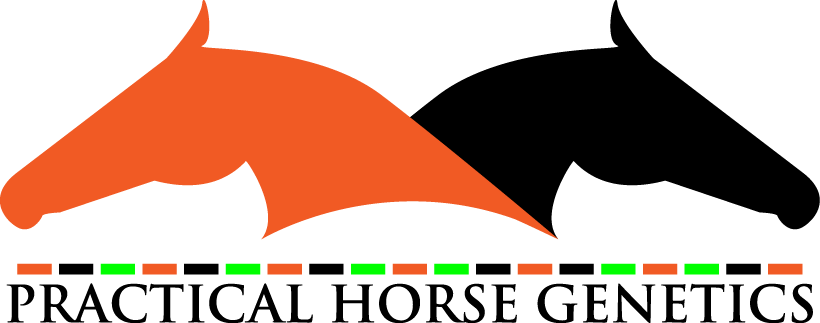Friesian dwarfism
Summary
The typical features of horses affected by Friesian dwarfism are short legs, ribs that narrow markedly from a broad chest and flexor tendon laxity. Dwarf Friesian horses can be down on their bumpers at maturity, with some reports that it can worsen rather than improve with age.
Friesian dwarfism is an autosomal recessive disorder. Autosomal disorders are equally likely to affect male or female horses, while "recessive" means that a horse needs to inherit the mutation from both its sire and its dam to be affected. Horses that have inherited the Friesian dwarfism mutation from just one parent are called Friesian dwarfism carriers, and do not usually have physical signs of this disorder.
Gene or region and technical reference
Gene: B4GALT7 (causative). Reference: Leegwater et al. (2016)
Reported alleles
n. Test developed using manufactured DNA, animal controls.
DWF. Test developed using manufactured DNA, animal cases.
Panels: groups of tests that are often ordered together
This test is in the Friesian health & colour panel.
